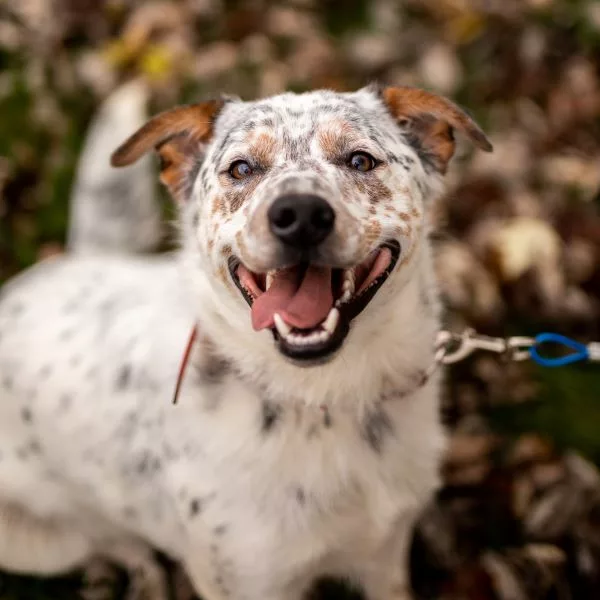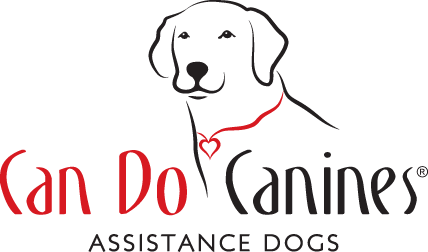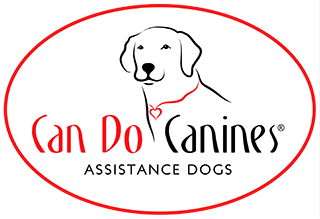
Dental disease is one of the most common concerns that veterinarians see in their patients. Dental disease can be uncomfortable, painful for dogs, and expensive to treat. In the long run, it can cause damage to the jaw, a higher risk of oral cancer, and eventually cause kidney disease from bacteria overgrowth.
Luckily, dental disease is, overall, something very preventable. Brushing the dog's teeth is the best way to prevent dental disease. Ensure your dog has appropriate toys and treats that are safe for teeth and yearly vet visits to check oral health.
Frequency:
- At least once a week; daily, if your dog tolerates it
Supplies:
- Dog-specific toothbrush or child’s toothbrush with a compact head and extra soft bristles
- Dog-only enzymatic toothpaste
- Treats
Guidelines:
- Add a pea-sized amount of toothpaste onto the head of the toothbrush.
- Get the dog into a calm and comfortable position and reward them with a treat with one of your hands, take your thumb and push up on the upper lip to expose the canine teeth and first few molars.
- Lightly press the toothbrush on the upper canine near the gum line.
- The dog may slightly naw on the toothbrush - this is normal.
- Use smooth, circular, and broad strokes as you brush towards the back of their mouth.
- Focus on brushing the outside of the teeth near the gum line to facilitate the breakdown of debris and tartar.
- Once you complete the top half section, reward the dog with a treat and then move on to the same side lower section using the same technique of starting at the canine and moving backward.
- When complete with that section, reward the dog with a treat, move to the other half of the mouth, and use the same technique.
Helpful Tips and Tricks:
- Use a positive happy voice to give the dog encouragement. “Good dog!”
- You may need to utilize an additional person to keep the dog still.
- Practice makes perfect. Practice getting the dog used to the toothbrush and the motions.

 Hearing Assist Dog Wrigley Learns “Intelligent Disobedience”
Hearing Assist Dog Wrigley Learns “Intelligent Disobedience”


